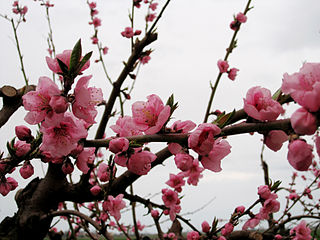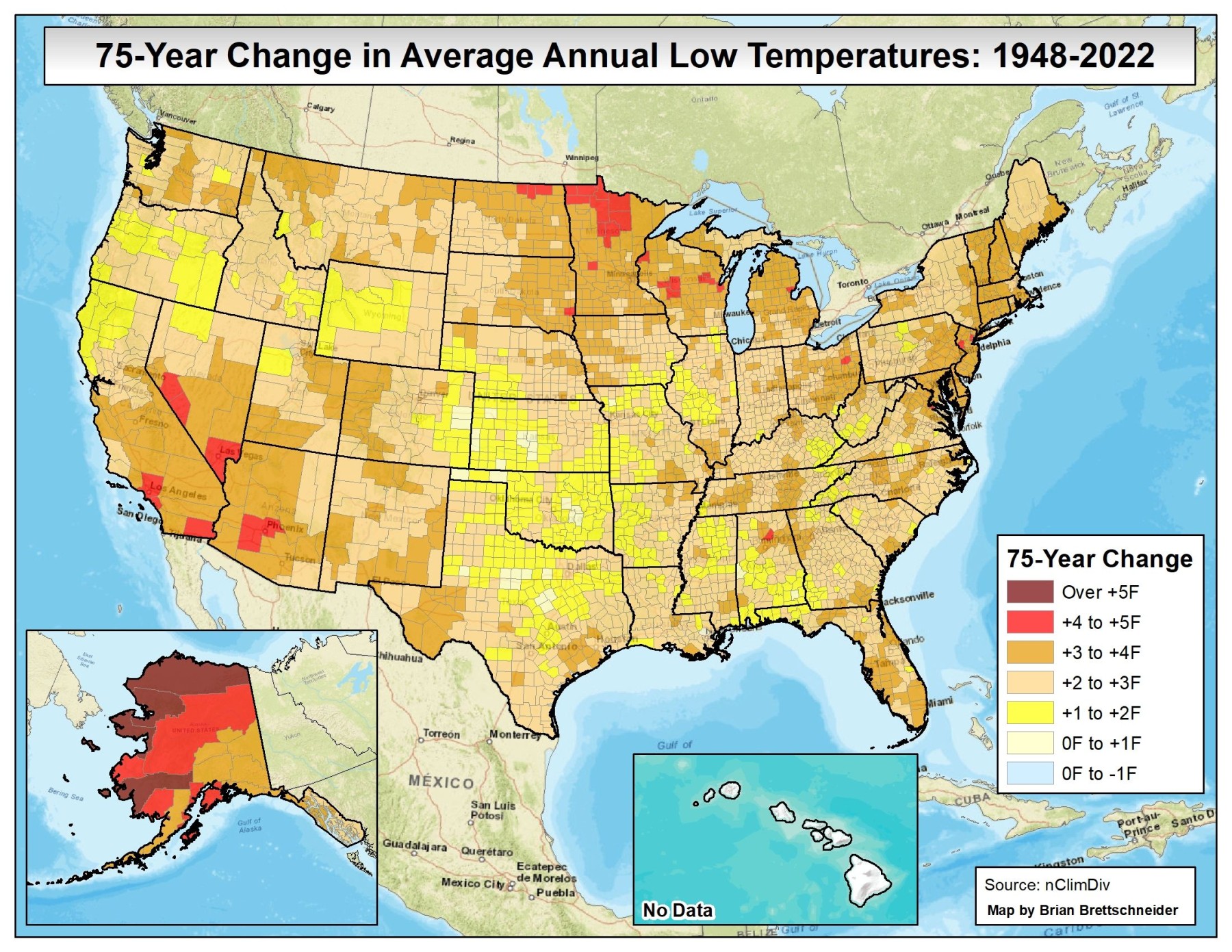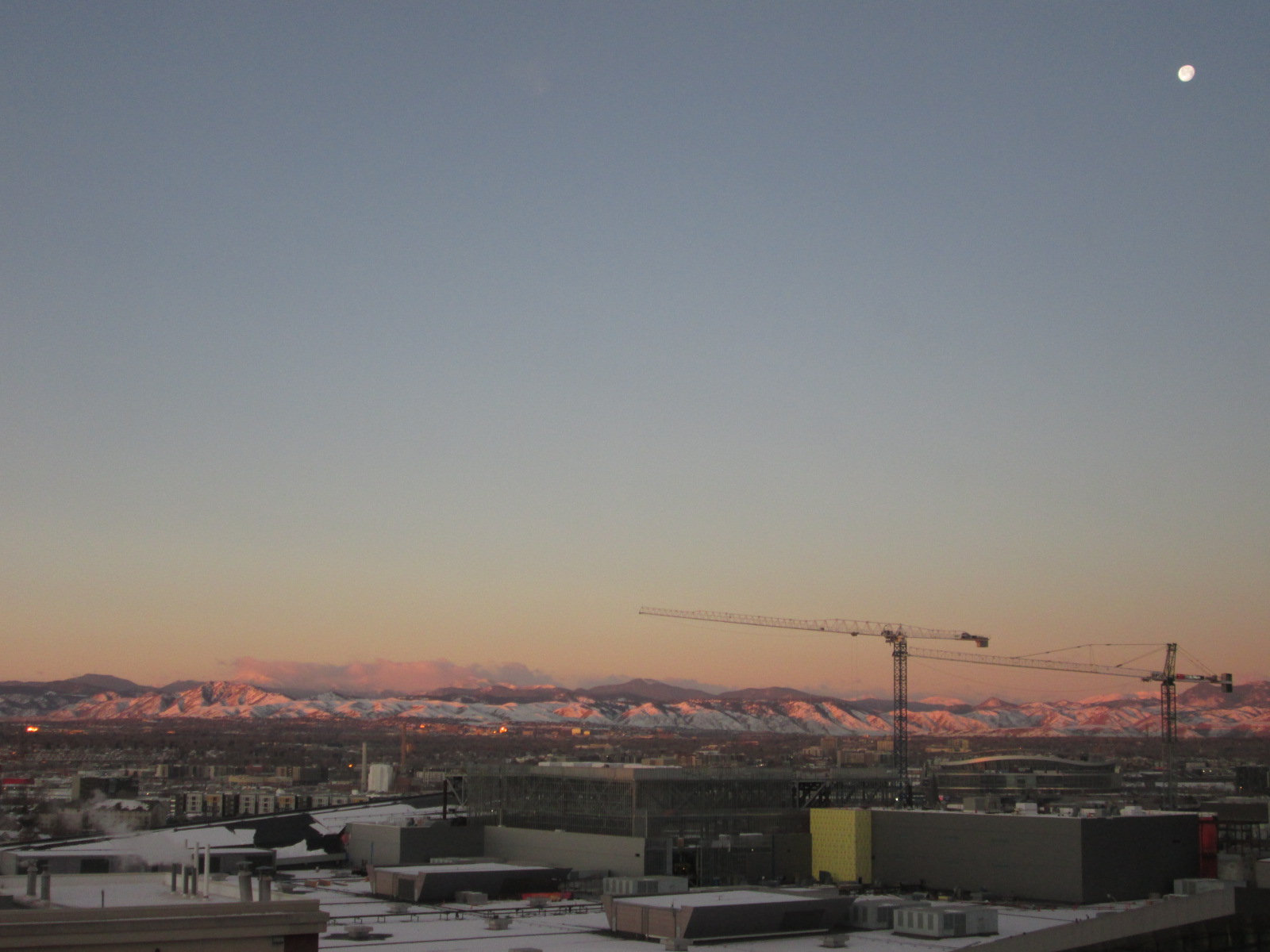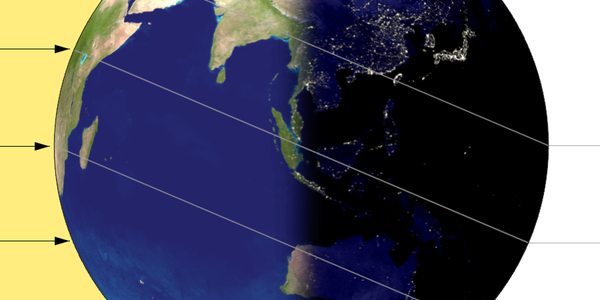Climate science
-

For meteorologists and climatologists, spring begins on March 1 and goes through May 31. So for us, it’s happy spring to you all! And this year it sure looks like it, with many flowers blooming, including the peach trees at the UGA Horticulture Farm in Watkinsville GA. Now we are hoping to avoid a late…
Posted in: Climate science -

One question I often get asked when I give talks about the changing climate is whether ENSO, the tropical swing in temperatures between El Nino and La Nina, is affected by the warming climate. It turns out not to be a simple question because ENSO depends not only on sea surface temperatures but also the…
-

The stratosphere over the North Pole is showing signs of a developing Sudden Stratospheric Warming (SSW), but there is no indication at this time of what impacts it might have, especially in the Southeast. Usually impacts from an SSW occur several weeks after the onset of its development in the stratosphere, but the strength and…
-

A climatologist I follow on Twitter, Brian Brettschneider (@Climatologist49) provides many great examples of climate maps (as well as moose pictures, since he is in Alaska) on his feed. Today he posted two maps showing the trends in maximum and minimum temperatures across the country from 1948 to the present. The two maps show that…
Posted in: Climate science -

I am in Denver CO this week attending the annual meeting of the American Meteorological Society. Imagine a meeting with over 5,000 meteorologists learning about all aspects of weather and climate! I’ve been busy with meetings, seeing old friends, and watching some very interesting research talks. Today I want to share a resource I learned…
-

December 21 is the winter solstice in 2022. That means that the sun is the lowest in the sky and the days are the shortest of the year in the Northern Hemisphere. This year the actual time of solstice is 4:48 pm Eastern Time. You can read more about the winter solstice at EarthSky here…
-

Scientists use models to study how single variables can affect a complex solution in engineering, economics, and physical and life sciences. These models can be conceptual, mechanical, or computational. In terrestrial climatology, the sheer number of variables that have to be included means that computer models are the best approach because once built, they allow…